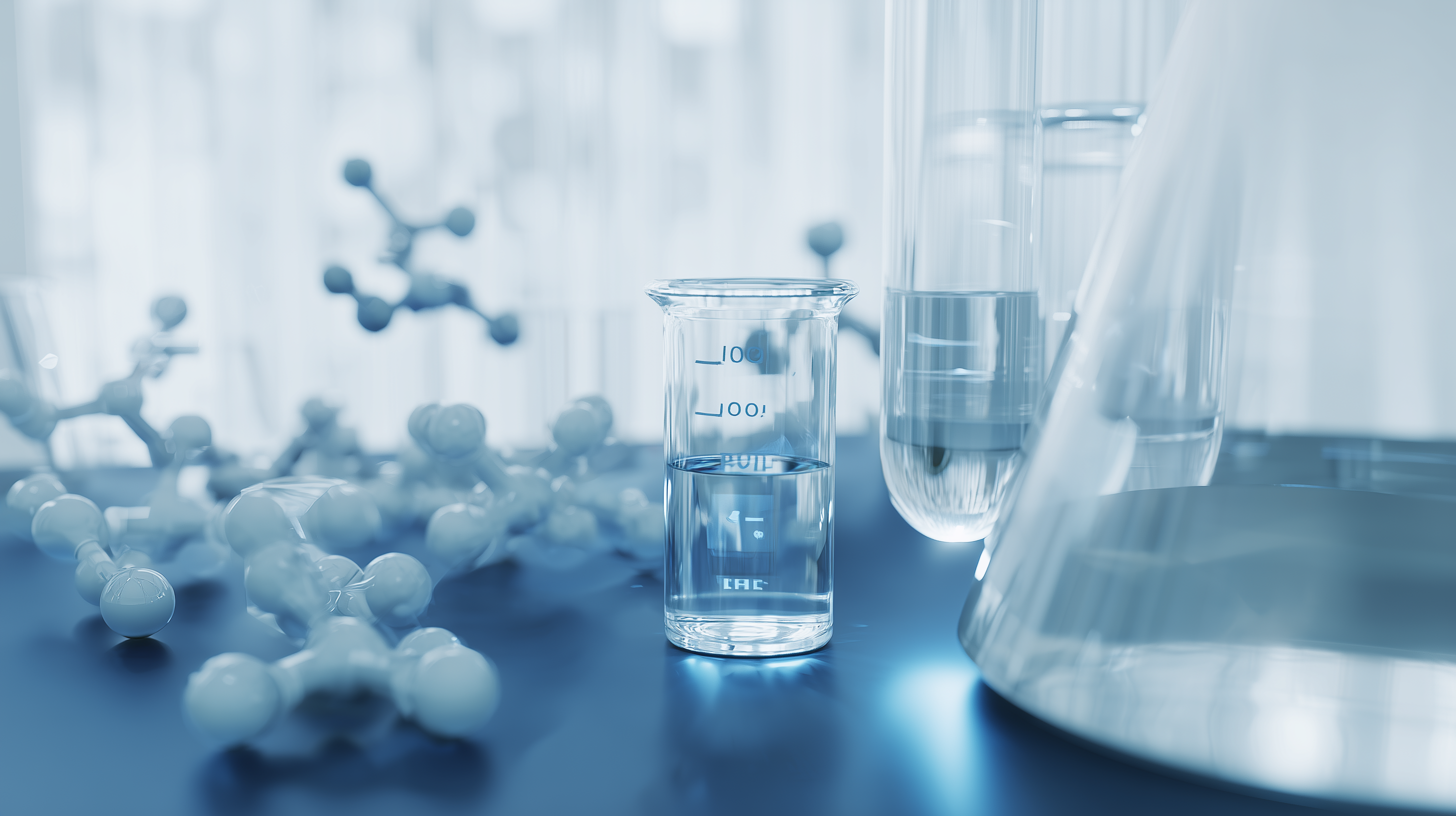Creatine monohydrate is one of the most thoroughly studied molecules in modern biochemistry. It is a central component of much research on cellular energy and frequently serves as a reference substance for metabolic processes in science.
But as simple as the chemical structure may seem, the quality and purity of creatine monohydrate can vary considerably. Production conditions, raw material sources, and analytical testing methods determine whether a substance actually meets the scientific standards required for reproducible research.
This article explains what "pure creatine monohydrate" means, which testing methods laboratories use, and why transparency and analytical control are crucial for trust, safety, and scientific validity.
What does “pure creatine monohydrate” actually mean?
Chemically, creatine monohydrate is the stable, crystalline form of the creatine molecule bound to a molecule of water (H₂O). This water bond distinguishes it from other forms of creatine and ensures a consistent physical structure that is easily measurable and reproducible.
The molecular formula is:
C₄H₉N₃O₂·H₂O
The addition of “monohydrate” indicates that it is the hydrated, nature-identical form – the one used as a standard in most biochemical and physiological studies.
When we speak of “pure,” two aspects are meant:
-
Chemical purity – the content of creatine molecules relative to possible byproducts or residues.
-
Microbiological purity – the absence of microorganisms, mold or pathogens.
A substance can be chemically pure but microbiologically inadequately controlled—or vice versa. Only the combination of both ensures quality that meets scientific and regulatory requirements.
Quality begins with production
The purity of a molecule does not begin in the laboratory, but already in the manufacturing phase .
Creatine monohydrate is typically produced by chemical synthesis —a process in which glycine, sarcosine, and cyanamide react with each other. This reaction must be precisely controlled to avoid byproducts.
An alternative approach is fermentation , which uses microbiological processes to synthesize creatine from biological precursors. This process is increasingly being explored because it is potentially more sustainable and requires fewer chemical solvents.
Regardless of the procedure, the following are crucial:
-
Raw material quality – only high-purity raw materials enable a clean end product.
-
Production environment – Clean rooms and controlled air quality prevent contamination.
-
Certifications – Quality management systems such as ISO 9001 , GMP (Good Manufacturing Practice) or HACCP document that manufacturing processes are standardized and verifiable.
Only if every step is documented and traceable can the purity of the final product be reliably assessed.
Laboratory analyses – what is tested?
Analytical verification is the core of scientific quality assurance. It involves not simple visual inspections, but precise chemical and microbiological analyses that provide information about composition and safety.
Typical test parameters for creatine monohydrate are:
-
Identity verification – confirmation that the substance is actually creatine monohydrate.
-
Purity – typically >99% by weight, determined by high-resolution chromatographic methods.
-
Heavy metals – detection limits for lead, cadmium, mercury and arsenic.
-
Microbiological safety – testing for bacteria, yeasts and molds.
-
Residues – Analysis for solvents or reaction by-products.
Modern laboratories use a combination of high-precision methods:
-
HPLC (High-Performance Liquid Chromatography) – separates and quantifies molecules according to their chemical structure.
-
NMR spectroscopy (nuclear magnetic resonance) – confirms molecular identity via magnetic signals.
-
Infrared spectroscopy (IR) – detects characteristic bonding patterns.
-
ICP-MS (inductively coupled plasma mass spectrometry) – measures even the smallest amounts of heavy metals.
Regular analyses by independent testing institutes ensure that results are objective and not influenced by commercial interests.
Why purity is crucial for research and application
In scientific practice, purity is not a formality but a basic prerequisite for reliable results.
Even minor contaminants—such as residues of synthetic chemicals or microorganisms—can distort measurements, affect cell cultures, or alter chemical reactions. This leads to irreproducible data , one of the biggest problems in modern research.
In basic biochemistry, the following also applies: Only if a molecule is available in defined, verified quality can experiments be compared and scientifically usable.
Purity therefore means scientific integrity – it stands for the reliability of results, not for promises of performance.
Transparent laboratory reports that are publicly available or available upon request strengthen trust between manufacturers, researchers and consumers.
Transparency and responsibility in industry
Responsible manufacturers and research brands today attach great importance to open quality communication .
The publication of Certificates of Analysis (CoAs) is considered an important step towards greater transparency.
These certificates document:
-
the exact creatine content,
-
the results of microbiological tests,
-
and evidence of freedom from heavy metals.
In addition, batch testing is carried out regularly to ensure that each production unit meets the same standards.
Independent laboratory testing is a crucial factor in this process. It complements internal quality controls and provides additional assurance – both for research institutions and for end users who value tested purity.
Brands like BlueVitality are sending a clear message here: Quality means not only laboratory precision, but also ethical responsibility and traceability . Every batch of a raw material should be documented, analyzed, and communicated transparently—an approach that builds trust and respects scientific standards.
Conclusion
Creatine monohydrate is an example of the importance of analytical precision in modern science.
High-quality creatine is not only characterized by chemical purity, but by the entire process: from controlled production to independent laboratory testing and transparent documentation.
Laboratory analyses are therefore not an optional addition, but the core of scientific responsibility .
They ensure the reproducibility of research , protect against misinterpretations and create the basis for trust in quality and integrity.
Creatine monohydrate thus represents a new culture of scientific transparency – where quality is not only measured but also verifiably proven .





